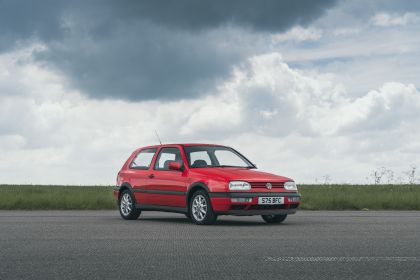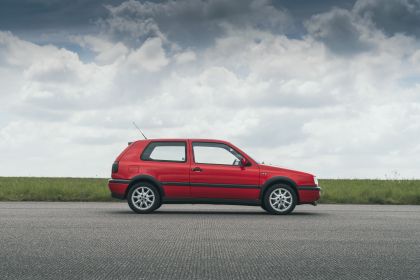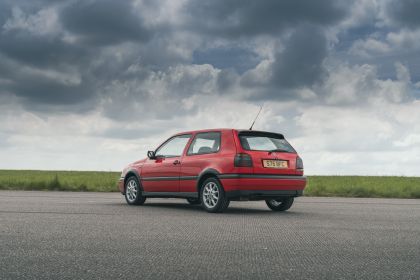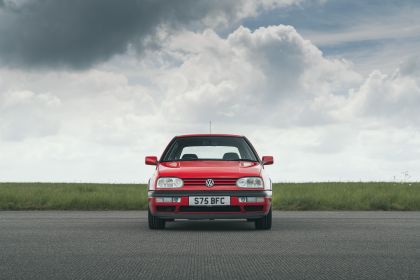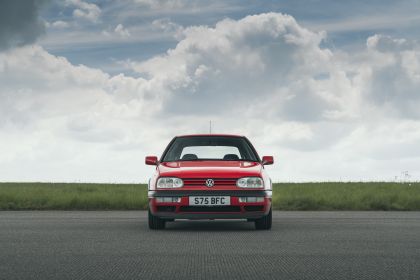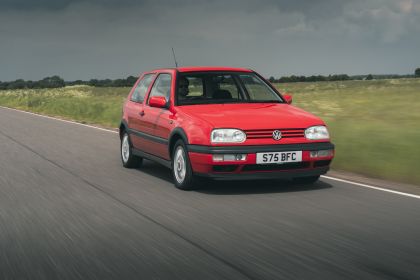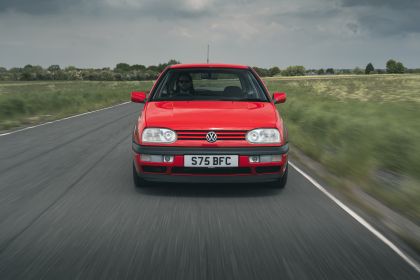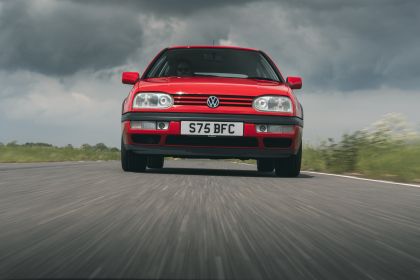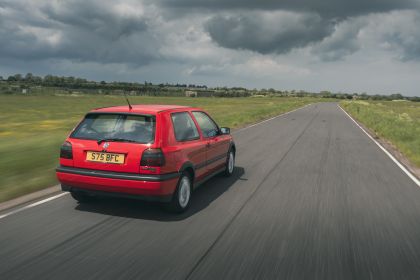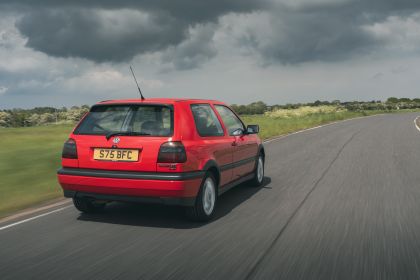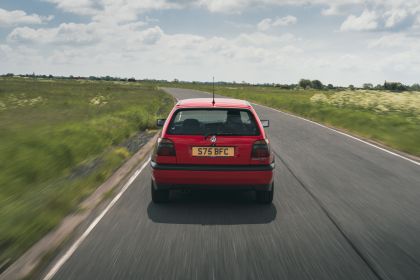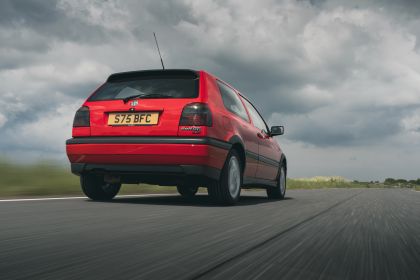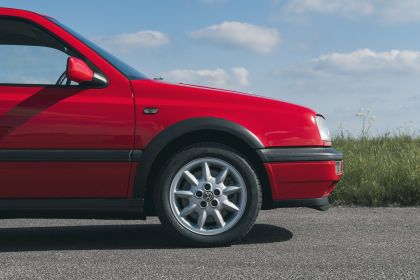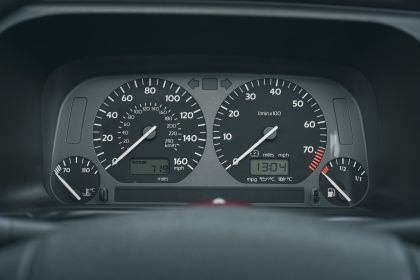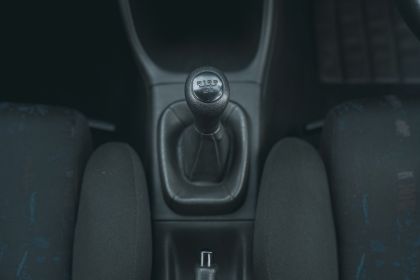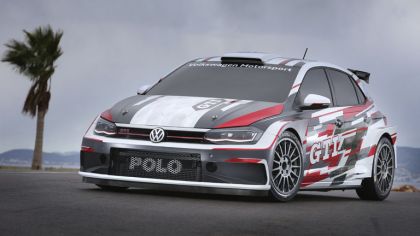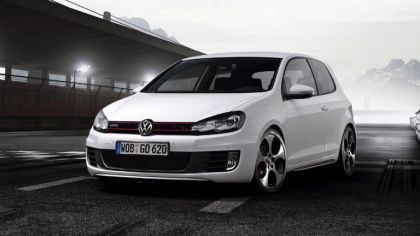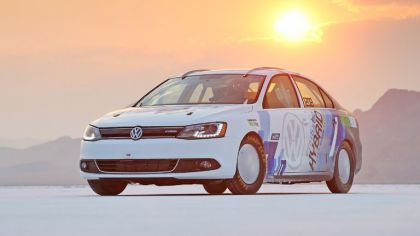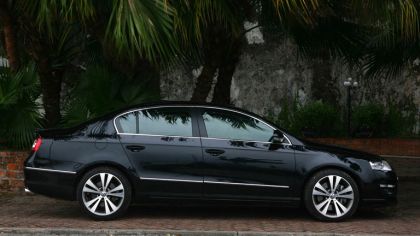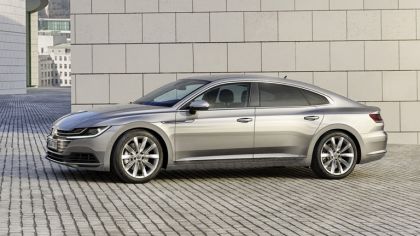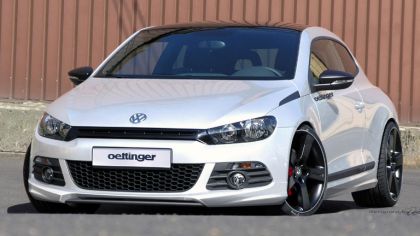With the launch of the third generation of the Golf in August 1991, Volkswagen heralded a new era of safety. The Golf III was the first of the series to have front airbags, starting in 1992, while major advances in the area of car body construction also resulted in significantly improved crash safety. Looking back, it can be said that with this Golf Volkswagen truly democratised passive safety, as the improved protection benefited millions of car drivers all over the globe.
However, there are also numerous other Golf milestones associated with the Golf III. Many new features made their debuts in this new Golf: the first six cylinder engine (VR6), cruise control, the first oxidation catalytic converter for diesel engines (1991), the first direct injection diesel engines (TDI in 1993 and SDI in 1995) and the first side airbags (1996). Also, ABS became a standard feature on all Golf models in September 1996. In 1993, Volkswagen had also introduced a new convertible based on the Golf III, a new all-wheel drive model (Syncro II) and the first Golf Variant (an estate). A year later, in May 1994, Volkswagen celebrated production of the 15-millionth Golf. The third generation ended in 1997. Including all derivatives, a total of 4.83 million third generation units was produced, or 0.81 million per year.
The Golf III design
The roots of the third Golf go back to 1985. While Mikhail Gorbachev takes on the leadership of the Kremlin in Moscow, and a 17-year-old named Boris Becker sweeps his opponent off the lawn in the finals at Wimbledon, the official launch of the "A3" takes place in Wolfsburg - the "A" representing the segment designation A-Class (the Mercedes of the same name did not exist then) and "3" for the third generation Golf (the Audi A3 had not been invented at that time either). In February 1987, Chief Designer Herbert Schäfer submits nine different models of the next Golf to the Board. In the ensuing months, the results were discussed and optimised further, until the very best design emerged in December under the direction of Chairman Carl Horst Hahn, and it was time for implementation. Four years later, the Golf III is ready for series production. As Herbert Schäfer said at the time: "In the first step from Golf I to II we made the car bigger, installed more powerful engines, and improved its handling. Now, in the third generation, the design takes precedence. We have found a look that is typical of the Golf: it radiates quality and safety."
When the new generation was launched onto the market in 1991, its distinguishing feature was a slight wedge shape (the body line rises toward the rear) and a subtle shoulder, which linked the front and rear lights visually; the "chamfer" gave the car a contemporary look. Further distinguishing features were the newly integral, massive bumpers, and the even more striking C-pillar."
Thanks to the significantly wider track, the car had a powerful stance on the road, and, as opposed to the previous generation, the wheels were flush with the aerodynamically optimised body (drag coefficient 0.30) - even in the versions with less powerful engines. Although no single detail, shape and radius was adopted from the previous model, anyone would immediately recognise the car: this is clearly a Golf. Even though larger, oval headlights, instead of the classic round headlights now illuminated the night. Oval? Not a mere coincidence: in the Golf III, the twin headlights of the Volkswagen Golf GTI were simply connected internally to form oval headlights under the direction of Herbert Schäfer, Head of Design at that time. A brilliant trick. Incidentally, since the grill became narrower, the third generation headlights once again protruded downwards.
